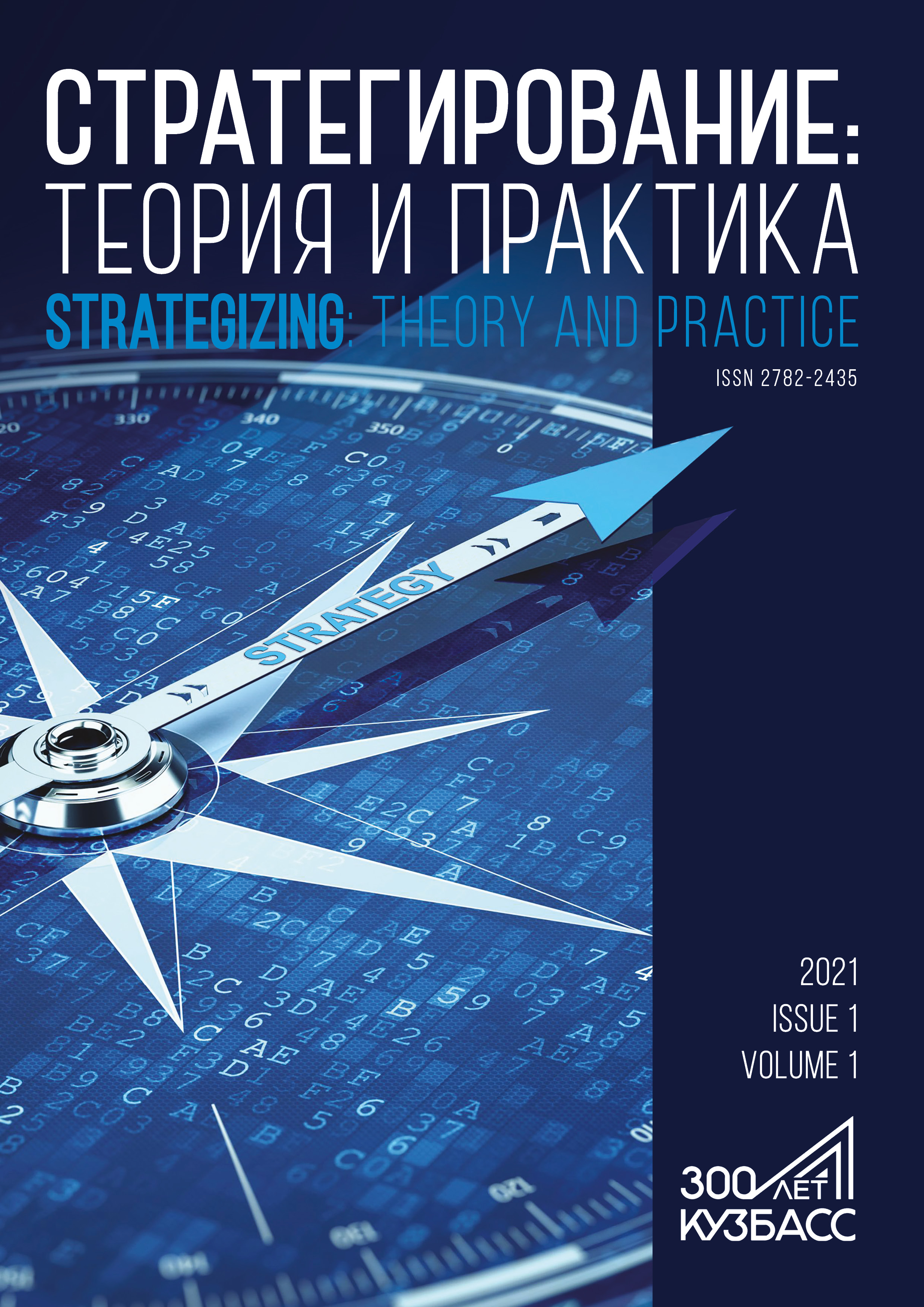Kemerovo, Kemerovo, Russian Federation
Introduction. The paper introduces the concept of the Network University on the basis of the World-Class Research and Academic Center “Kuzbass”. It is one of the largest projects aimed at improving the scientific and academic landscape of the Kemerovo region. The digital twin technology can increase the current efficiency of the Kemerovo State University and develop its resources. The research objective was to assess this potential. Study objects and methods. The Network University project presupposes establishing a number of interacting Kuzbass campuses that will prepare competitive post-industrial production specialists able to solve various administrative, analytical, and economic problems that the region is currently facing. Results and discussion. The research involved an urban planning analysis of the future Network University campuses. It resulted in several infrastructure solutions in the context of digital education and the Fourth Industrial Revolution (Industry 4.5). Conclusion. In case of network universities, higher education does not equal qualifications: education provides each student with a conscious choice and a development pathway in the world of digital economy. A successfully operating link between education and professional activity makes this pathway attractive for investments. The author gave an initial assessment and defined the infrastructure solutions for the future campuses. All these issues are part of research on the capacity of the Kuzbass Network University and integrate the project into Priority 2030, which is the former Strategic Academic Leadership Program.
Network University, digital twin technology, digital education, Kemerovo State University, Kuzbass
1. Bashabsheh AK, Alzoubi HH, Ali MZ. The application of virtual reality technology in architectural pedagogy for building constructions. Alexandria Engineering Journal. 2019;58(2):713-723. https://doi.org/10.1016/j.aej.2019.06.002.
2. Baturina OA, Terentieva TV. Evaluation of development of the strategic partnership of the university in the context of the network approach. Journal University Management: Practice and Analysis. 2017;21(5)(111):31-40. (In Russ.).
3. Blau I, Shamir-Inbal T, Avdiel O. How does the pedagogical design of a technology-enhanced collaborative academic course promote digital literacies, self-regulation, and perceived learning of students? Internet and Higher Education. 2020;45. https://doi.org/10.1016/j.iheduc.2019.100722.
4. Degteryova EA, Chernysheva AM, Trofimova AA. Network university as a tool for the integration of higher education BRICS countries. Natural humanitarian studies. 2019;23(1):25-28. (In Russ.).
5. Eiris Pereira R, Gheisari M. Site visit application in construction education: A descriptive study of faculty members. International Journal of Construction Education and Research. 2019;15(2):83-99. https://doi.org/10.1080/15578771.2017.1375050.
6. Gao Y, Gonzalez VA, Yiu TW. The effectiveness of traditional tools and computer-aided technologies for health and safety training in the construction sector: A systematic review. Computers and Education. 2019;138:101-115. https://doi.org/10.1016/j.compedu.2019.05.003.
7. Jensen L, Konradsen F. A review of the use of virtual reality head-mounted displays in education and training. Education and Information Technologies. 2018;23(4):1515-1529. https://doi.org/10.1007/s10639-017-9676-0.
8. Lebedev AO. Networking cis countries in higher education as a form of regional integration. Belgorod State University Scientific Bulletin Economics Information technologies. 2013;158(15-1):25-31. (In Russ.).
9. Lee AL, DeBest M, Koeniger-Donohue R, Strowman SR, Mitchell SE. The feasibility and acceptability of using virtual world technology for interprofessional education in palliative care: a mixed methods study. Journal of Interprofessional Care. 2020;34(4):461-471. https://doi.org/10.1080/13561820.2019.1643832.
10. Lee VWY, Hodgson P, Chan C-S, Fong A, Cheung SWL. Optimising the learning process with immersive virtual reality and non-immersive virtual reality in an educational environment. International Journal of Mobile Learning and Organisation. 2020;14(1):21-35. https://doi.org/10.1504/IJMLO.2020.103908.
11. Samerkhanova EK, Krupoderova EP, Krupoderova KR, Bahtiyarova LN, Ponachugin AV. Students’ network project activities in the context of the information educational medium of higher education institution. International Journal of Environmental and Science Education. 2016;11(11):4578-4586.
12. Sepasgozar SME. Digital twin and web-based virtual gaming technologies for online education: A case of construction management and engineering. Applied Sciences. 2020;10(13). https://doi.org/10.3390/app10134678.
13. Sepasgozar SME, Davis SR, Li H, Luo X. Modeling the implementation process for new construction technologies: Thematic analysis based on Australian and U.S. practices. Journal of Management in Engineering. 2018;34(3). https://doi.org/10.1061/(ASCE)ME.1943-5479.0000608.
14. Shirowzhan S, Tan W, Sepasgozar SME. Digital twin and CyberGIS for improving connectivity and measuring the impact of infrastructure construction planning in smart cities. ISPRS International Journal of Geo-Information. 2020;9(4). https://doi.org/10.3390/ijgi9040240.
15. Shuklina EA. Network university as a factor of region development. The Surgut State Pedagogical University Bulletin. 2017;48(3):13-23. (In Russ.).
16. Violante MG, Vezzetti E, Piazzolla P. Interactive virtual technologies in engineering education: Why not 360° videos? International Journal on Interactive Design and Manufacturing. 2019;13(2):729-742. https://doi.org/10.1007/s12008-019-00553-y.
17. Wang R, Lowe R, Newton S, Kocaturk T. Task complexity and learning styles in situated virtual learning environments for construction higher education. Automation in Construction. 2020;113. https://doi.org/10.1016/j.autcon.2020.103148.
18. Zheng L, Zhang X, Gyasi JF. A literature review of features and trends of technology-supported collaborative learning in informal learning settings from 2007 to 2018. Journal of Computers in Education. 2019;6(4):529-561. https://doi.org/10.1007/s40692-019-00148-2.
19. Zhukovskiy II. World politics: University in networks of contemporary world. MGIMO Review of International Relations. 2013;29(2):68-71. (In Russ.).






